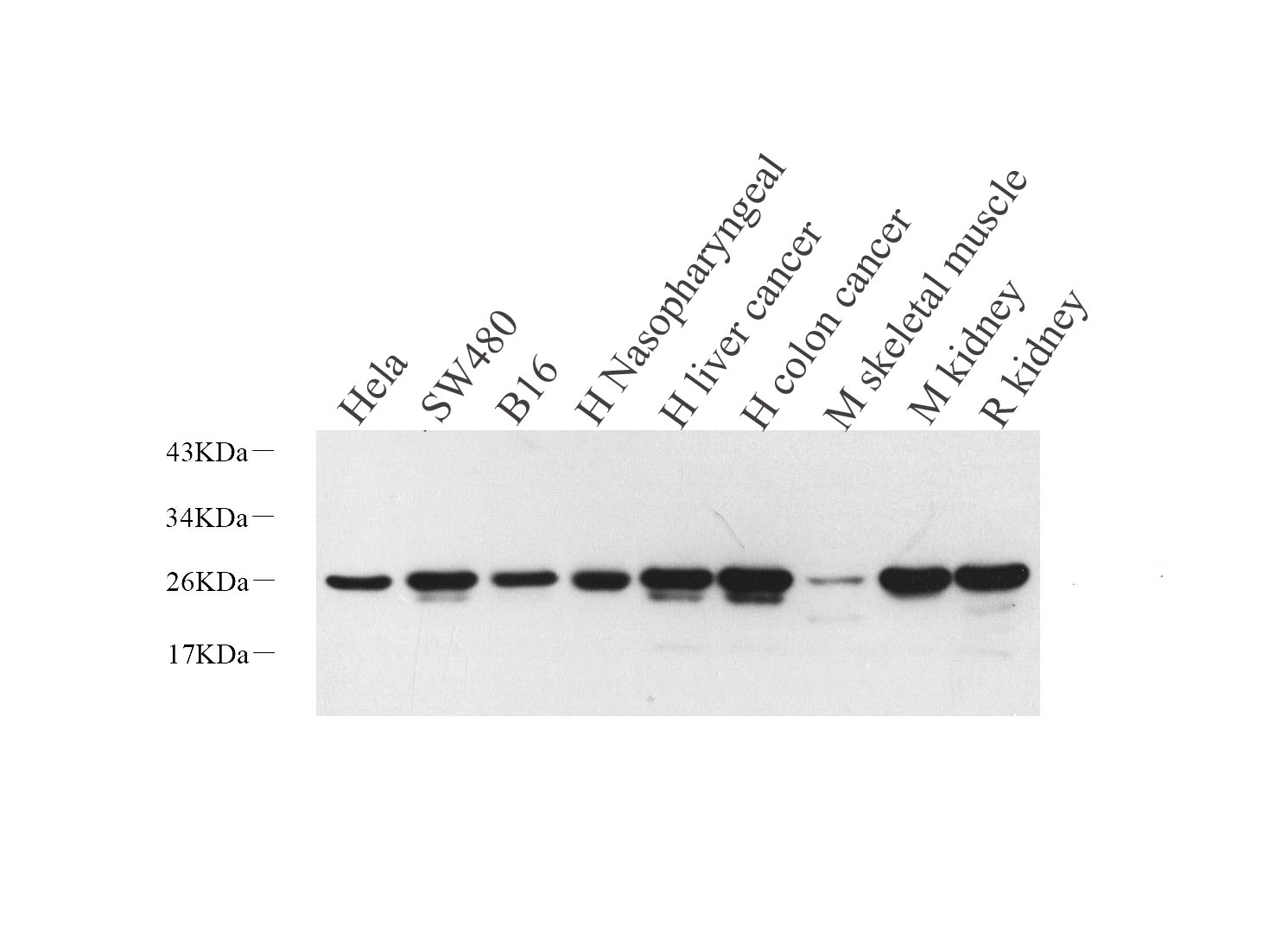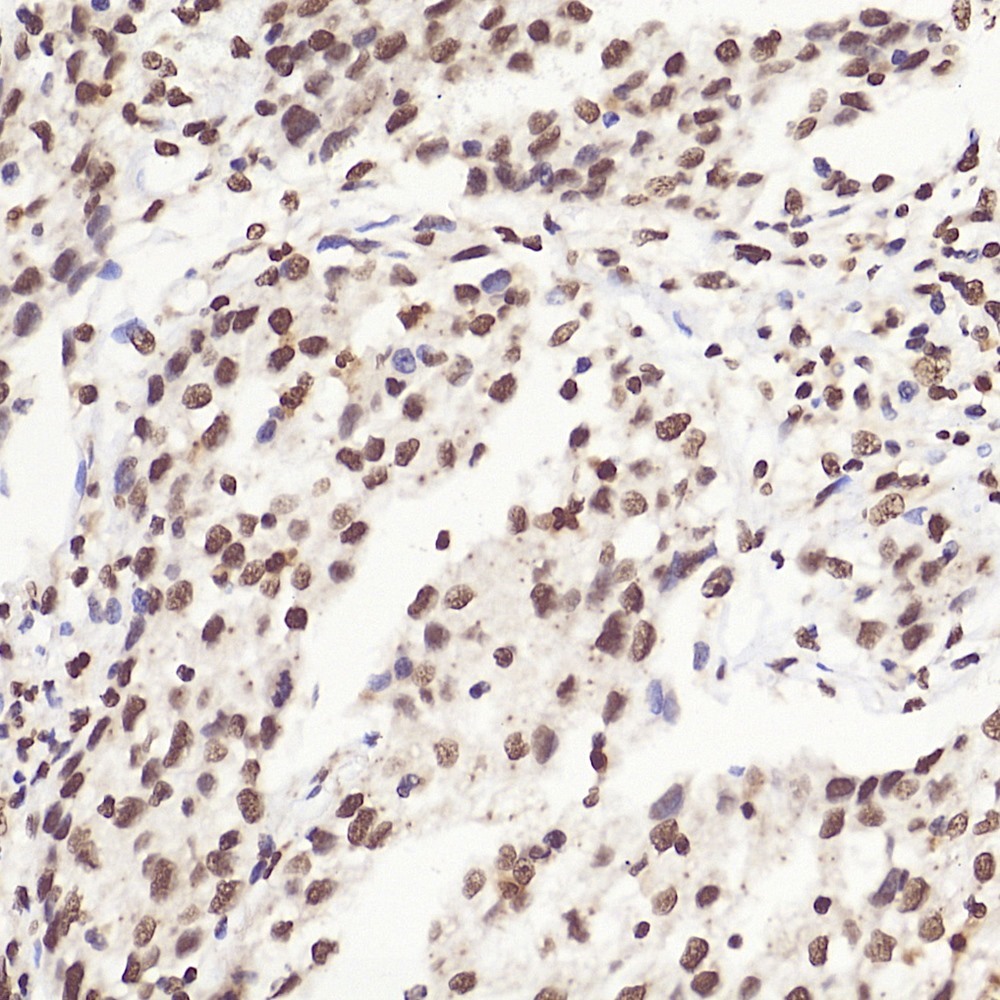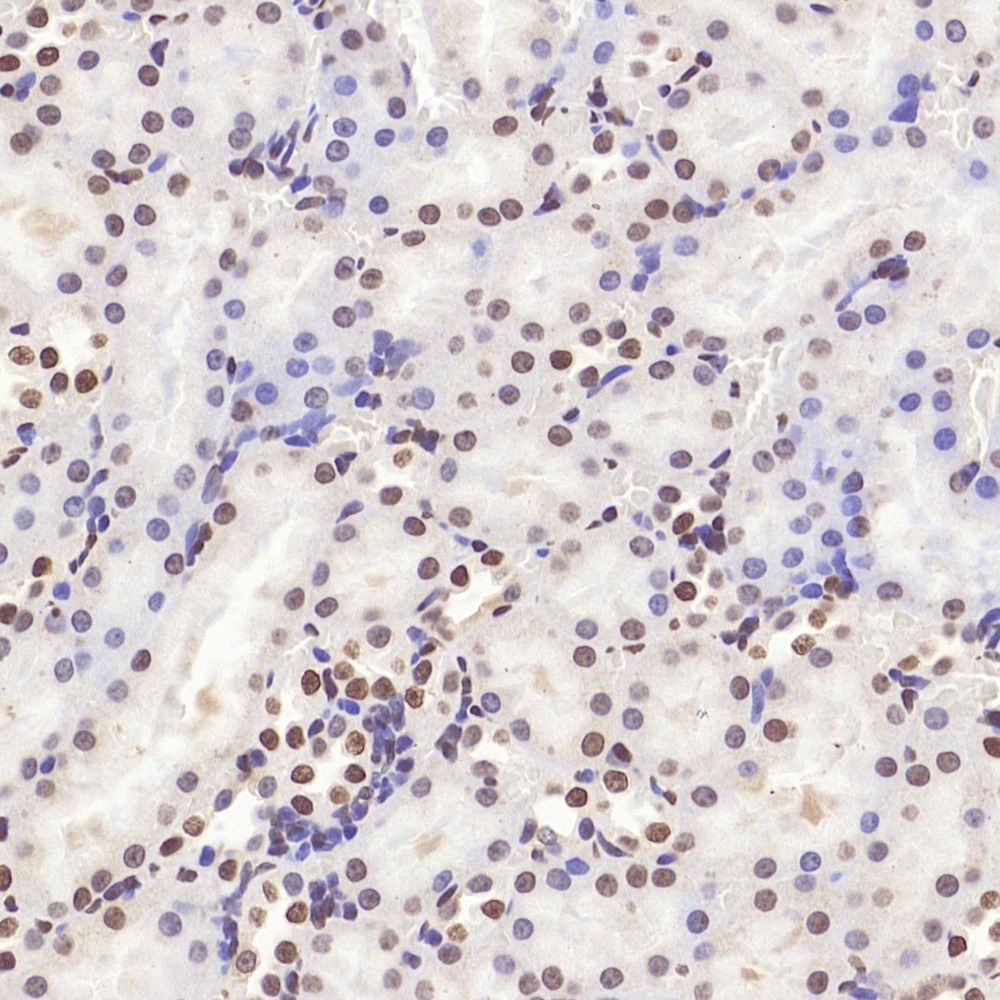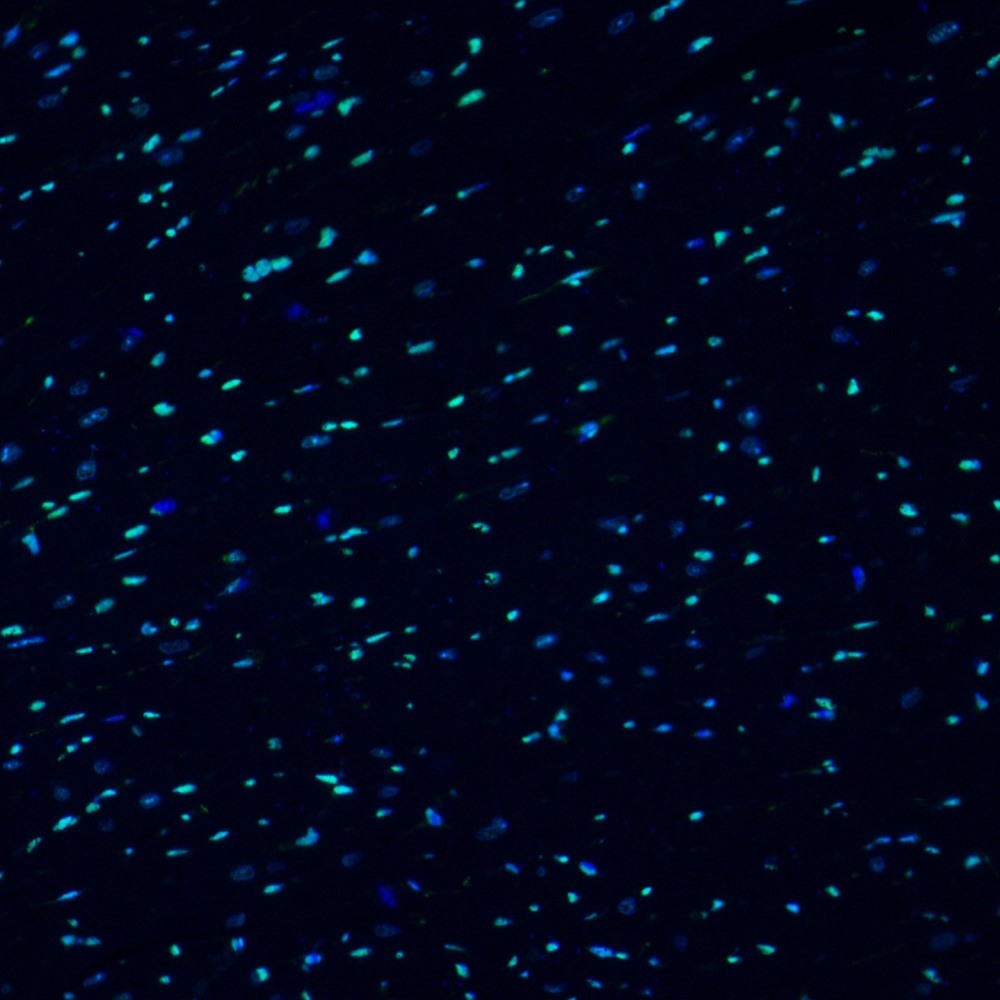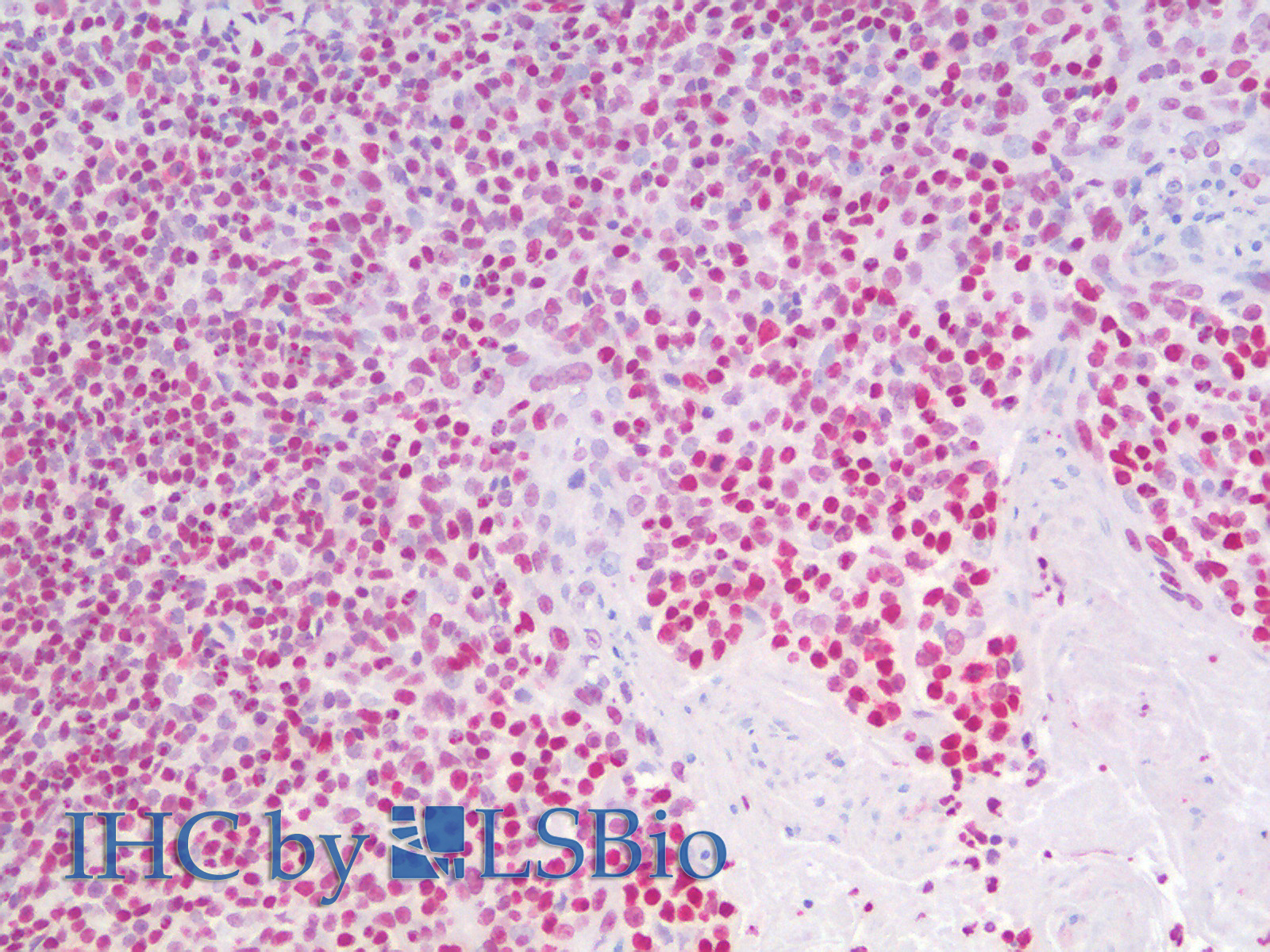HMGB1 Polyclonal Antibody
For reference only. Please follow the manual included in your kit for instructions.
Catalog Number
RD70258A
Product Name
HMGB1 Polyclonal Antibody
Catalog Number
RD70258A
Clonality
Polyclonal
Purification Method
Affinity purification
Isotype
IgG
Host
Rabbit
Background
High mobility group (HMG) proteins 1 and 2 are ubiquitous non-histone components of chromatin. Evidence suggests that the binding of HMG proteins to DNA induces alterations in the DNA architecture including DNA bending and unwinding of the helix. HMG proteins synergize with Oct-2, members of the NFB family, ATF-2 and c-Jun to activate transcription. Other studies indicate that phosphorylation of HMG protein is required to stimulate the transcriptional activity of the protein. Human HMG-1 and HMG-2 both contain two DNA-binding domains, termed HMG boxes. HMG proteins bind single-stranded DNA but induce conformational changes in double-stranded DNA alone.
Immunogen Information
Immunogen
KLH conjugated Synthetic peptide corresponding to Mouse HMGB1
Swissprot
P09429,P63158,P63159
Synonyms
AmphoterinChromosomal proteinnonhistoneHMG1DKFZp686A04236High mobility group 1High mobility group box 1High mobility group protein 1High mobility group protein B1high-mobility group (nonhistone chromosomal) protein 1HMG-1HMG1HMG3HMGB 1HMGB1
Calculated MW
25 kDa
Observed MW
25 kDa
Applications
Reactivity
Human,Mouse,Rat
Tested Applications
WB,IHC,IF
Conjugation
Unconjugated
Dilution
WB 1:500-1:2000, IHC 1:200-1:800, IF 1:200-1:800
Concentration
1.45 mg/mL
Storage Buffer
PBS with 0.02% sodium azide, 1% BSA and 50% glycerol, pH7.4
Storage Instructions
Store at -20°C. Avoid freeze / thaw cycles.
